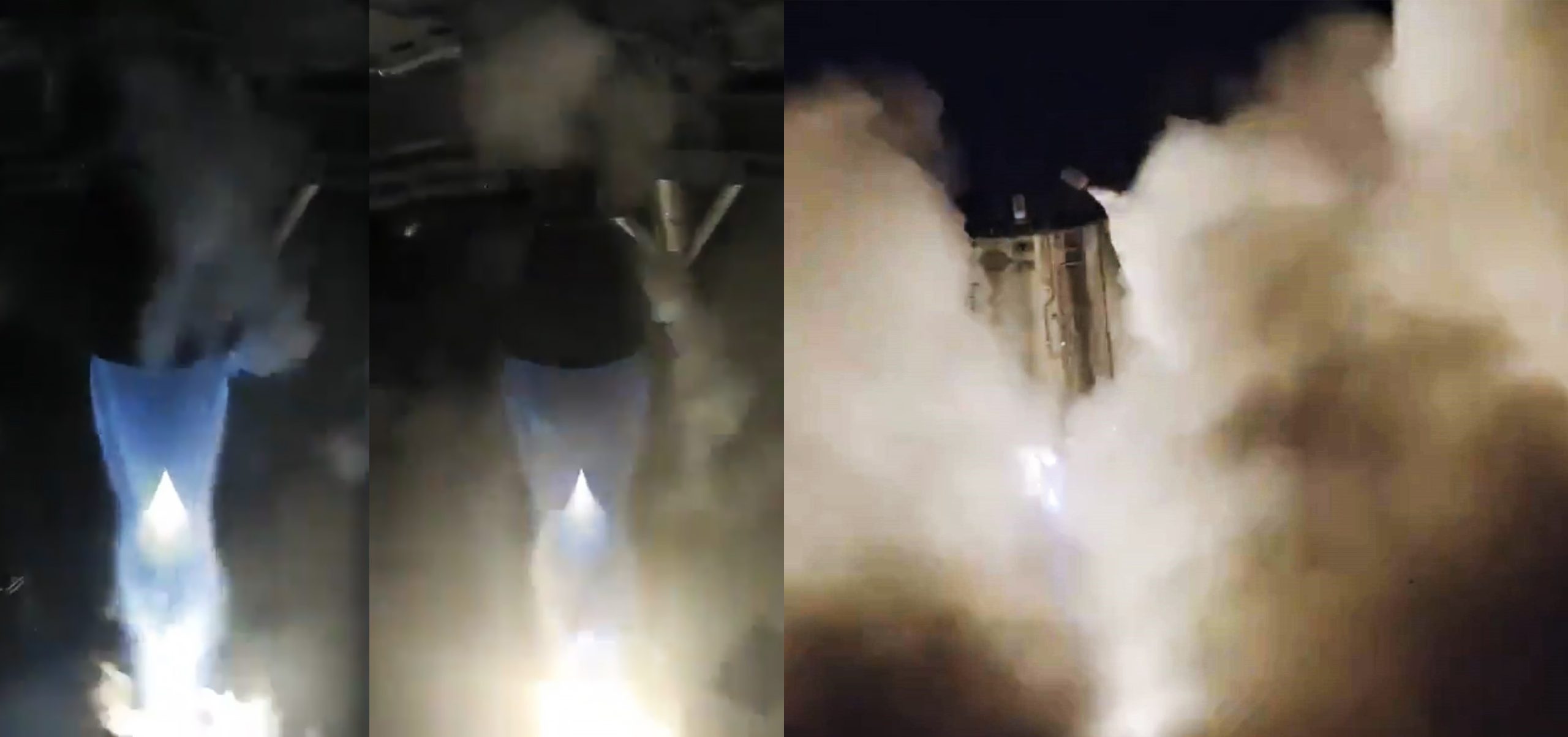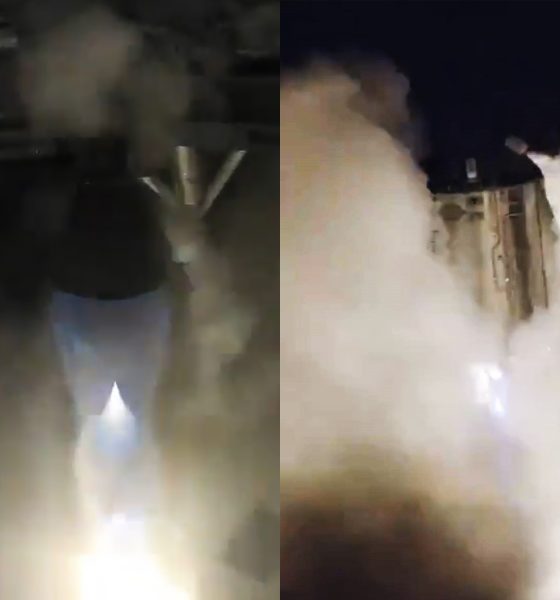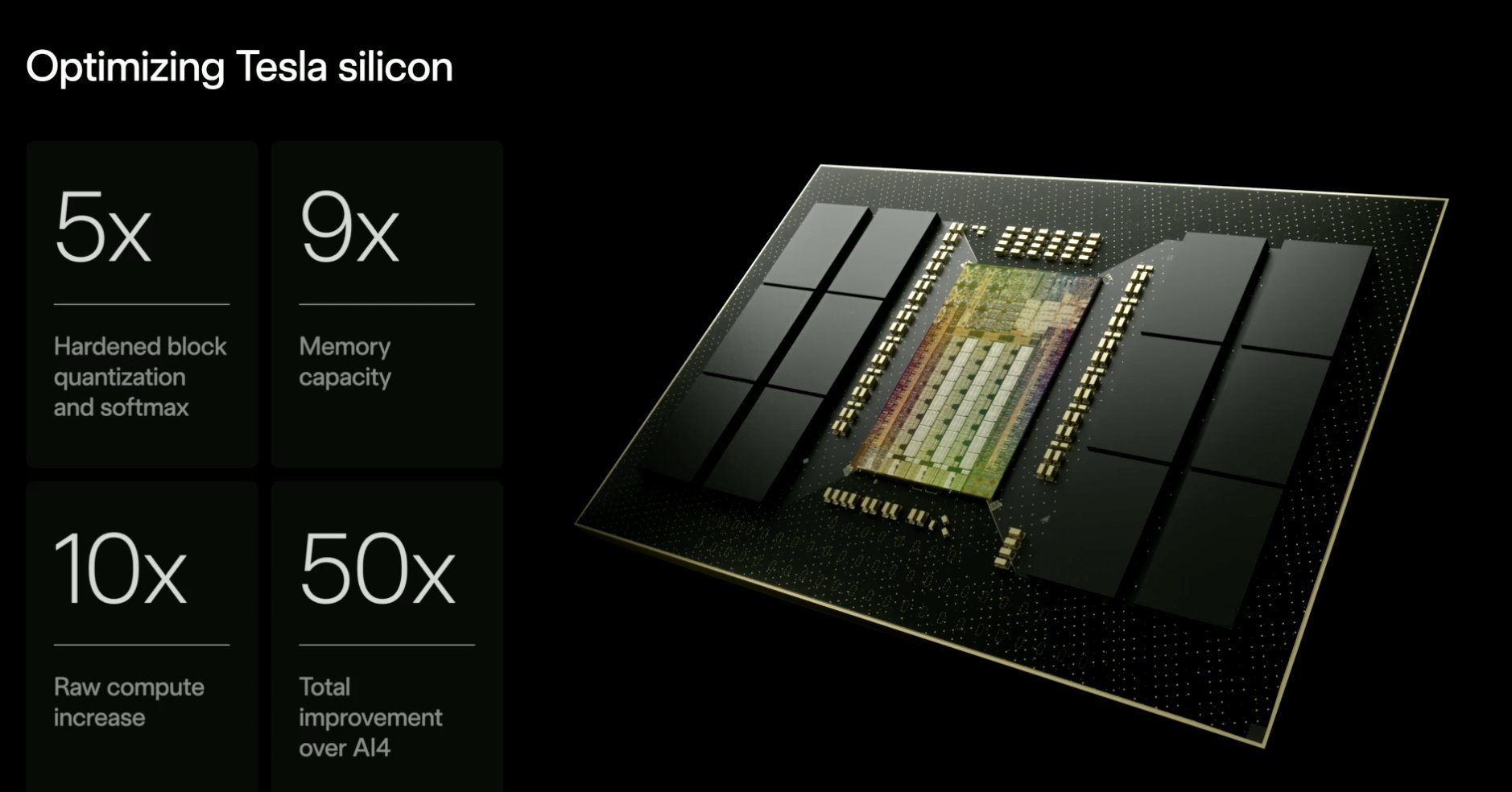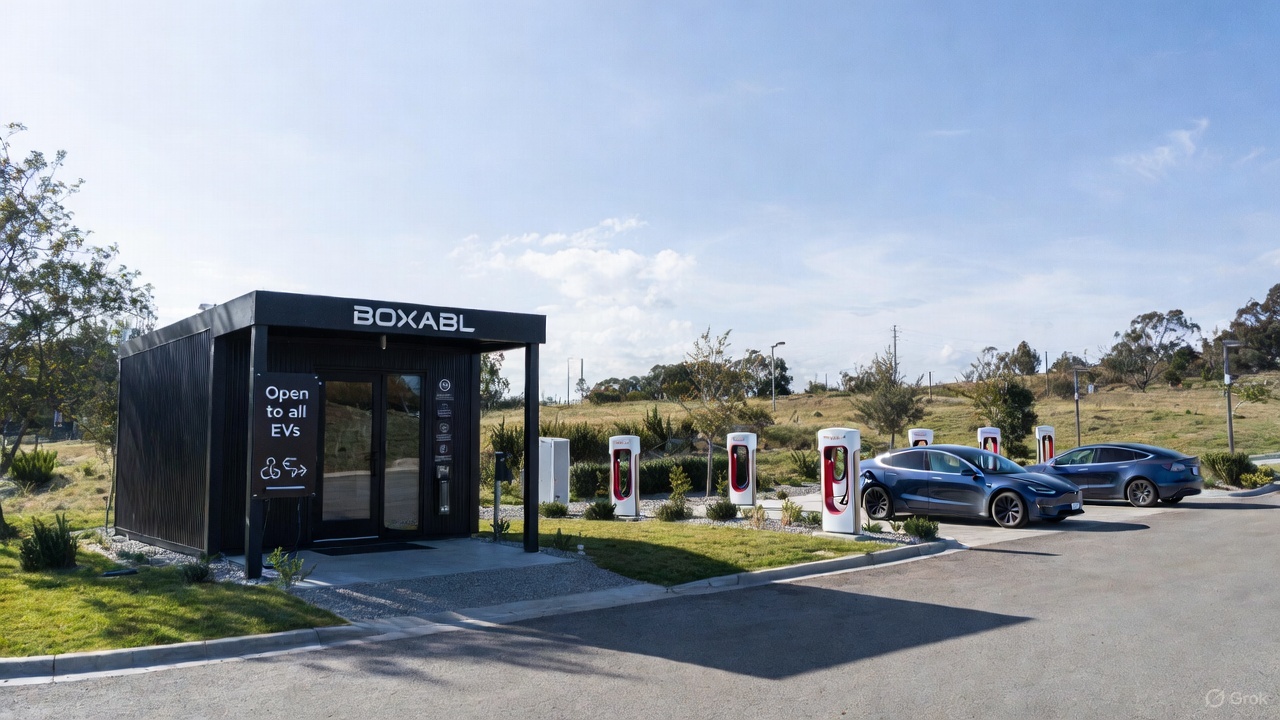

News
SpaceX CEO Elon Musk posts uncut Raptor, drone videos of Starhopper’s flight test debut
Some two hours after Starhopper’s inaugural untethered flight, SpaceX CEO Elon Musk took to Twitter to post an uncut video showing the ungainly rocket’s launch and landing from the perspective of both a drone and Starhopper’s lone Raptor engine.
As noted by commenters, Starhopper’s first flight also marks perhaps an even more fascinating milestone: it’s technically the first launch ever of a full-flow staged-combustion (FFSC) rocket engine. Whether or not the development hell Raptor required is or was worth it to SpaceX, the company has become the first and only entity on Earth to develop and fly a FFSC engine, beating out the national space agencies of both the United States and Soviet Union, both of which built – but never flew – prototypes.
Instead of inexplicably shelving a mature prototype development and test program, SpaceX iterated through several subscale Raptor prototypes, test-fired the engines for more than 1200 seconds total, used that data to design and build full-scale Raptors, and finally sped into a hardware-rich test campaign with six (soon to be seven) new engines. After SpaceX settled on a full-flow staged-combustion cycle and methane/oxygen (methalox) propellant, Raptor conducted its first full-scale tests all the way back in 2014, performing preburner flow and ignition tests at NASA’s Stennis Space Center.
Two years and many additional subcomponent tests later, SpaceX successfully performed the inaugural static fire test of its first completed subscale Raptor, a huge milestone for any rocket engine. In the 12 months following its first static fire (September 2016), SpaceX performed dozens of static fire tests with several subscale engines, putting the new propulsion system through >1200 seconds of combined testing.
A year after that, SpaceX was still testing subscale engines but the first full-scale Raptor engine was just a few months away from completing assembly in Hawthorne and heading to McGregor to kick off full-scale static fire testing. Indeed, four months after CEO Elon Musk’s September 2018 update, Raptor serial number 01 (SN01) shipped to Texas in late January and successfully ignited for the first time on February 3rd. SpaceX’s finalized full-scale Raptor engine is designed to produce more than 2000 kN (450,000 lbf, 200 tons) of thrust at full-throttle.
Since that inaugural ignition, SpaceX’s propulsion team – perhaps to their detriment, under orders from Musk – pushed SN01 and several of its successors to their limits as quickly as possible, resulting in severe, irreparable damage in several cases. On the other hand, the no-holds-barred, ‘hardware-rich’ (i.e. destructive) test program has allowed SpaceX to relatively quickly solve several major bugs that prevented the engine from passing longer test fires.
Raptor SN05 was originally expected to support Starhopper’s first flight(s) but had to be passed up after suffering damage in one of its final June 2019 acceptance tests. Raptor SN06 became the first engine – likely thanks to tweaks afforded by data gathered from its failed brethren – to pass all of those acceptance tests, leading to its eventual installation on Starhopper in early July.
Raptor’s impressive development culminated on July 25th with the engine’s first untethered flight while attached to Starhopper, a 9m-diameter (30 ft) low-fidelity prototype that is more or less a mobile test stand for the next-generation SpaceX engine. Raptor is now the only FFSC engine in history that has powered a flight-capable vehicle’s launch and landing, even if said flight featured an apogee of just 20-30 meters (65-100 ft).
“In full-flow staged combustion (FFSC), even more complexity is added as all propellant that touches the engine must necessarily end up traveling through the main combustion chamber to eke every last ounce of thrust out of the finite propellant a rocket lifts off with. As such, FFSC engines can be about as efficient as the laws of physics allow any given chemical rocket engine to be, at the cost of exceptional complexity and brutally difficult development.“
SpaceX delays Starhopper’s first flight a few days despite Raptor preburner test success
For more on what exactly makes full-flow staged-combustion engines uniquely capable and challenging to develop, the subject has been covered at length in past Teslarati articles.
According to Musk, the next major challenge facing Starhopper and (presumably) Raptor SN06 is far more ambitious 200-meter (650 ft) hop and flight test that could happen as soon as the first half of August.
Check out Teslarati’s Marketplace! We offer Tesla accessories, including for the Tesla Cybertruck and Tesla Model 3.

Elon Musk
Tesla CEO Elon Musk shades Waymo: ‘Never really had a chance’

Tesla CEO Elon Musk shaded Waymo in a post on X on Wednesday, stating the company “never really had a chance” and that it “will be obvious in hindsight.”
Tesla and Waymo are the two primary contributors to the self-driving efforts in the United States, with both operating driverless ride-hailing services in the country. Tesla does have a Safety Monitor present in its vehicles in Austin, Texas, and someone in the driver’s seat in its Bay Area operation.
Musk says the Austin operation will be completely void of any Safety Monitors by the end of the year.
🚨 Tesla vs. Waymo Geofence in Austin https://t.co/A6ffPtp5xv pic.twitter.com/mrnL0YNSn4
— TESLARATI (@Teslarati) December 10, 2025
With the two companies being the main members of the driverless movement in the U.S., there is certainly a rivalry. The two have sparred back and forth with their geofences, or service areas, in both Austin and the Bay Area.
While that is a metric for comparison now, ultimately, it will not matter in the coming years, as the two companies will likely operate in a similar fashion.
Waymo has geared its business toward larger cities, and Tesla has said that its self-driving efforts will expand to every single one of its vehicles in any location globally. This is where the true difference between the two lies, along with the fact that Tesla uses its own vehicles, while Waymo has several models in its lineup from different manufacturers.
The two also have different ideas on how to solve self-driving, as Tesla uses a vision-only approach. Waymo relies on several things, including LiDAR, which Musk once called “a fool’s errand.”
This is where Tesla sets itself apart from the competition, and Musk highlighted the company’s position against Waymo.
Jeff Dean, the Chief Scientist for Google DeepMind, said on X:
“I don’t think Tesla has anywhere near the volume of rider-only autonomous miles that Waymo has (96M for Waymo, as of today). The safety data is quite compelling for Waymo, as well.”
Musk replied:
“Waymo never really had a chance against Tesla. This will be obvious in hindsight.”
Waymo never really had a chance against Tesla. This will be obvious in hindsight.
— Elon Musk (@elonmusk) December 10, 2025
Tesla stands to have a much larger fleet of vehicles in the coming years if it chooses to activate Robotaxi services with all passenger vehicles. A simple Over-the-Air update will activate this capability, while Waymo would likely be confined to the vehicles it commissions as Robotaxis.
News
Tesla supplier Samsung preps for AI5 production with latest move
According to a new report from Sedaily, Samsung is accelerating its preparation for U.S. production of the AI5 chips by hiring veteran engineers for its Customer Engineering team.

Tesla supplier Samsung is preparing to manufacture the AI5 chip, which will launch the company’s self-driving efforts even further, with its latest move.
According to a new report from Sedaily, Samsung is accelerating its preparation for U.S. production of the AI5 chips by hiring veteran engineers for its Customer Engineering team, which will help resolve complex foundry challenges, stabilize production and yields, and ensure manufacturing goes smoothly for the new project.
The hiring push signals that Tesla’s AI5 project is moving forward quickly at Samsung, which was one of two suppliers to win a contract order from the world’s leading EV maker.
🚨🚨 FIRST LOOK at Tesla’s AI5 chip, which will be available in late 2026 or early 2027 pic.twitter.com/aLomUuifhT
— TESLARATI (@Teslarati) November 6, 2025
TSMC is the other. TSMC is using its 3nm process, reportedly, while Samsung will do a 2nm as a litmus test for the process.
The different versions are due to the fact that “they translate designs to physical form differently,” CEO Elon Musk said recently. The goal is for the two to operate identically, obviously, which is a challenge.
Some might remember Apple’s A9 “Chipgate” saga, which found that the chips differed in performance because of different manufacturers.
The AI5 chip is Tesla’s next-generation hardware chip for its self-driving program, but it will also contribute to the Optimus program and other AI-driven features in both vehicles and other projects. Currently, Tesla utilizes AI4, formerly known as HW4 or Hardware 4, in its vehicles.
Tesla teases new AI5 chip that will revolutionize self-driving
AI5 is specialized for use by Tesla as it will work in conjunction with the company’s Neural Networks, focusing on real-time inference to make safe and logical decisions during operation.
Musk said it was an “amazing design” and an “immense jump” from Tesla’s current AI4 chip. It will be roughly 40 times faster, and have 8 times the raw compute, with 9 times the memory capacity. It is also expected to be three times as efficient per watt as AI4.
“We’re going to focus TSMC and Samsung, initially, on AI5. The AI5 chip, design by Tesla, it’s an amazing design. I’ve spent almost every weekend for the last few months with the chip team working on AI5.”
It will be 40x better than the AI4 chip, Musk says.
— TESLARATI (@Teslarati) October 22, 2025
AI5 will make its way into “maybe a small number of units” next year, Musk confirmed. However, it will not make its way to high-volume production until 2027. AI5 is not the last step, either, as Musk has already confirmed AI6 would likely enter production in mid-2028.
News
Tesla discloses interesting collaboration partner for Supercharging
This BOXABL collaboration would be a great way to add a rest stop to a rural Supercharging location, and could lead to more of these chargers across the U.S.

Tesla disclosed an interesting collaboration partner in an SEC filing, which looks like an indication of a potential project at Supercharger sites.
Tesla said on Tuesday in the filing that it was entering an agreement with BOXABL to design and build a Micromenity structure. Simply put, this is a modular building, usually a few hundred square feet in size, and it has been seen at Superchargers in Europe.
In Magnant, France, Tesla opened a small building at a Supercharger that is available to all EV owners. There are snacks and drinks inside, including ice cream, coffee, a gaming console, and restrooms. It gives people an opportunity to get up and out of their cars while charging.
This building was not built by BOXABL, but instead by bk World Lounges. It is likely the final Supercharging stop before people get to Paris, as it is located 250 kilometers, or 155 miles, from the City of Light.
Voir cette publication sur Instagram
Magnant has 56 stalls, so it is a large Supercharging stop compared to most. The building could be a sign of things to come, especially as Tesla has opened up larger Supercharger stations along major roadways.
It is for just a single building, as the Scope of Work within the filing states “a comprehensive package for one Micromenity building.”
NEWS: BOXABL, a company that creates modular, prefabricated buildings, has entered into an agreement with @Tesla.
This is Tesla formally contracting BOXABL to design, engineer, and build a pilot “Micromenity” structure, a compact, modular building unit.
While some info in the… pic.twitter.com/RabJczGpEp
— Sawyer Merritt (@SawyerMerritt) December 9, 2025
Superchargers are commonly located at gas stations, shopping centers, and other major points of interest. However, there are some stops that are isolated from retail or entertainment.
This BOXABL collaboration would be a great way to add a rest stop to a rural Supercharging location, and could lead to more of these chargers across the U.S.
Tesla has done a lot of really great things for Supercharging this year.
Along with widespread expansion, the company launched the “Charging Passport” this week, opened the largest Supercharger in the world in Lost Hills, California, with 168 chargers, opened the Tesla Diner, a drive-in movie restaurant in Los Angeles, and initiated access to the infrastructure to even more automakers.








